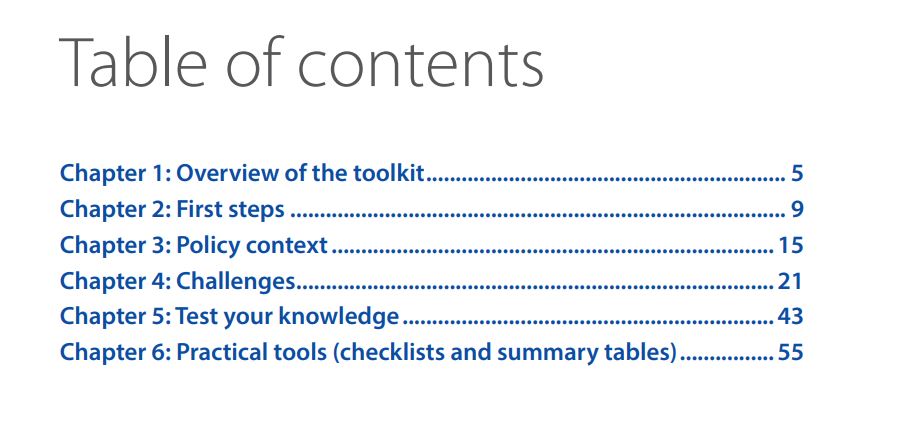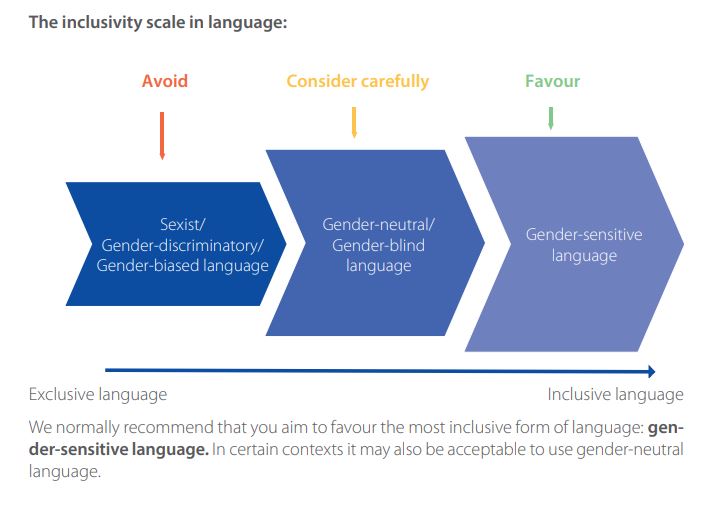Gender sensitive language
A toolkit to make communication more inclusive

Table of contents of Toolkit on Gender-sensitive Communication
Why use gender-sensitive language?
Language reflects attitudes and norms within a society. It also shapes people’s attitudes and behaviors as to what is considered acceptable. Here you will find a ready-made guide, which contains practical tips and tools on how to tackle gender inequality by using gender sensitive language. The guide is written in English, but it can be implemented in other languages just as well.
Using gender-sensitive language can:
- Make it easier to see important differences between the needs of women and men;
- Challenge unconscious assumptions people have about gender roles in society;
- Lay the foundation for greater gender equality throughout society;
- Raise awareness of how language affects our behaviour;
- Make people more comfortable with expressing themselves and behaving in ways that were once not considered ‘typical’ of their gender.
(European Institute for Gender Equality, 2018)

The inclusivity scale in language
Source: Toolkit on Gender-sensitive language by European Institute for Gender Equality, 2018
Reproduction is authorised provided the source is acknowledged.
Reuse is authorised provided the source is acknowledged, the original meaning is not distorted and EIGE is not liable for any damage caused by that use. The reuse policy of EIGE is implemented by the Commission Decision of 12 December 2011 on the reuse of Commission documents (2011/833/EU).
